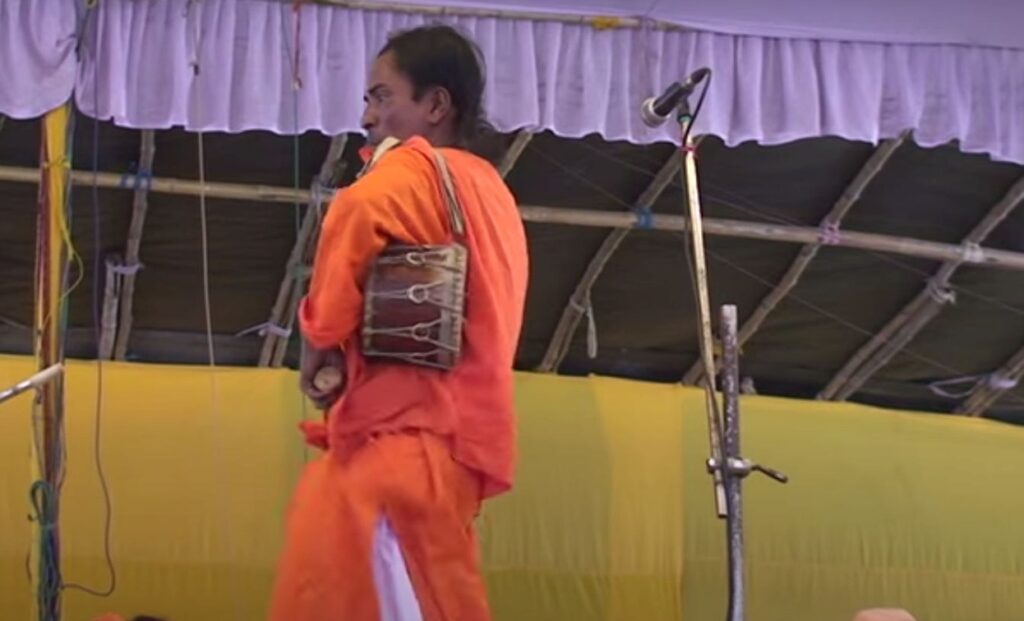Baul dance connects love and spirituality. It aims to interact with the almighty in human beings’ souls. The modern Baul culture is very similar to western folk music. It is a very prominent folk music tradition practiced in West Bengal. The people have high regard for folk dance due to its highly spiritual and cosmic values.
Origin of Baul Dance
There are disagreements among people about the origins of Baul dance. Some believe that it came through the divine messenger. Others describe its evolution through the generations. However, as per Bangla Sahiteyer Itihas, it is said that the Baul dance started in the early 15th century, in the era of Srikrishna Kirtan. The traces of Baul are also found in Chaitanya Bhagavata and Chaitanya charitramitra.

Some of the places renowned for this Baul Dance culture – Malda, Bankura, Birbhum, Rampurhat, Burddhaman, Medinipur, Nadia, Dinajpur, Murshidabad etc. Earlier in the days, Bauls are prevalent only in the village areas of West Bengal, but with the passing days, it also cultivates in urban areas of West Bengal. Bauls also impacted the freedom movement with their philanthropist ideology and their eternal art form.
The spirituality in Baul dance is not strictly religious. Instead, it connects the people and their glorious life. Bauls were declared the ‘Masterpieces of the Oral and Intangible Heritage of Humanity by UNESCO in 2005.
Baul Philosophy and People
Bengal was a distinguished and closed society since the post-medieval period that leads to a religious constraint. This framework influences a group of people to revolutionize the community with their ideology and gave birth to a group of activists and protesters called Bauls. Bauls used to wear a saffron cloak called alkhalla, which refers to their domestic sacrifices. The word Baul means insane; this relates to madness and overwhelming love mentioned in a folk song- ‘Pagol Chara Duniya Chole Na’ – this line refers to that World need insanity to survive.
They are generally migrant in nature; aimlessly roaming place to place along with their Ektara (One string Instrument), and they used to perform on that journey. The ancestral Baul tied bells in their legs along with the Ektara while performing Baul dance. However, the modern generation of Bauls uses instruments like Premijuri and Dotara, Khamak and Goopi Jantro, the Kartal and Dubki etc. Bauls can easily simplify complicated theories and philosophy with their soothing song lyrics. They also possess a deep touch of mythology and spirituality in their songs.
Music and Instruments
We can broadly classify Baul dance in two kinds- Ascetic and Saris, depending on the traditional approaches. Baul is also known as Lalongeti on the most celebrated Baul Saint Lalon. Bauls generally use Ektara (one-string instrument) while performing Baul music, scattering any discrimination and unifying souls.
